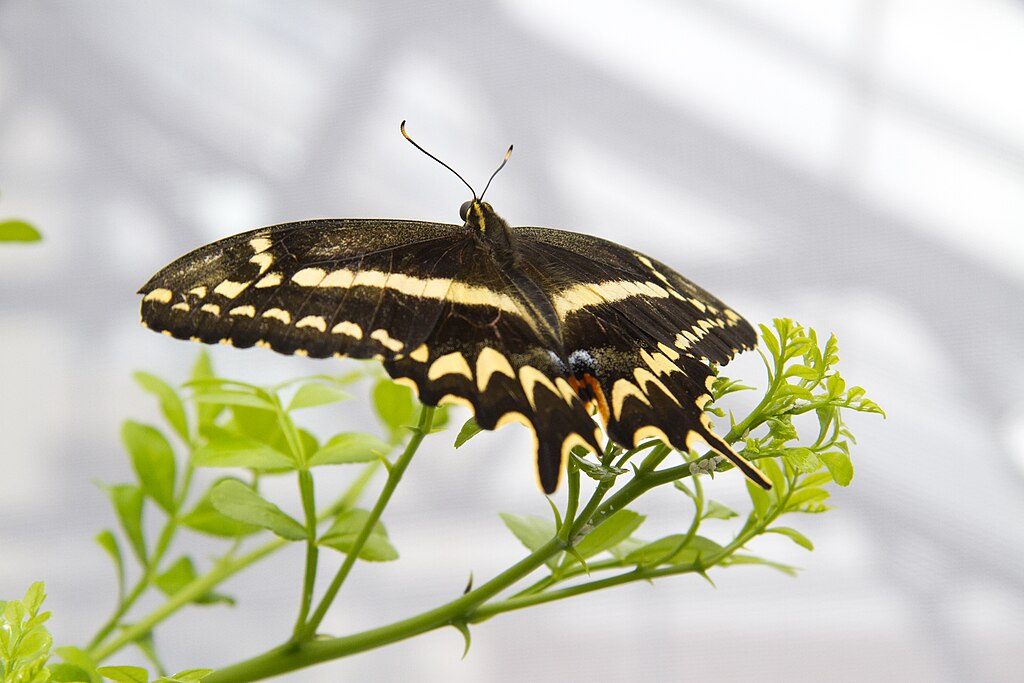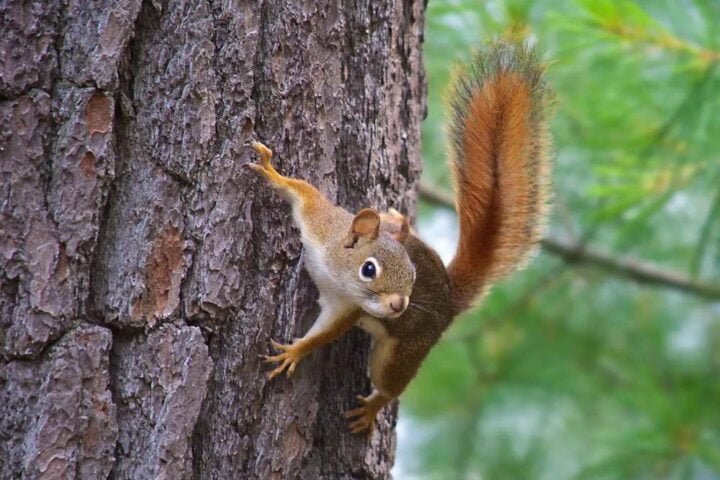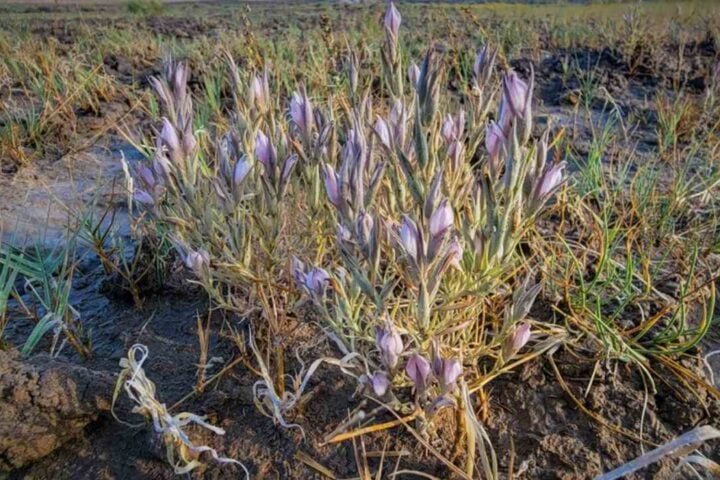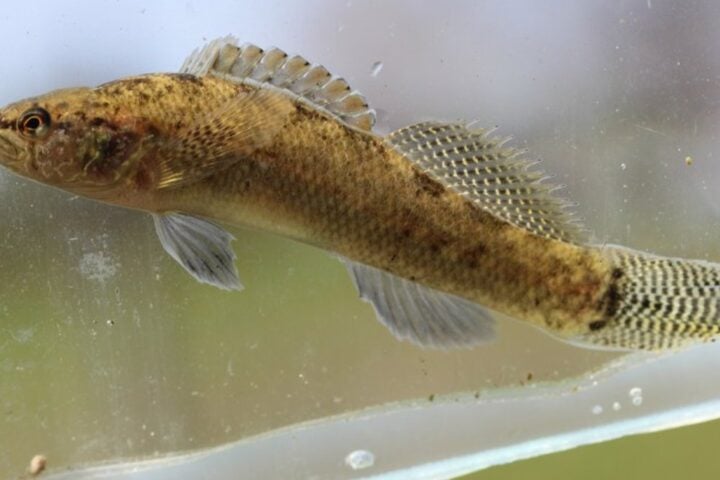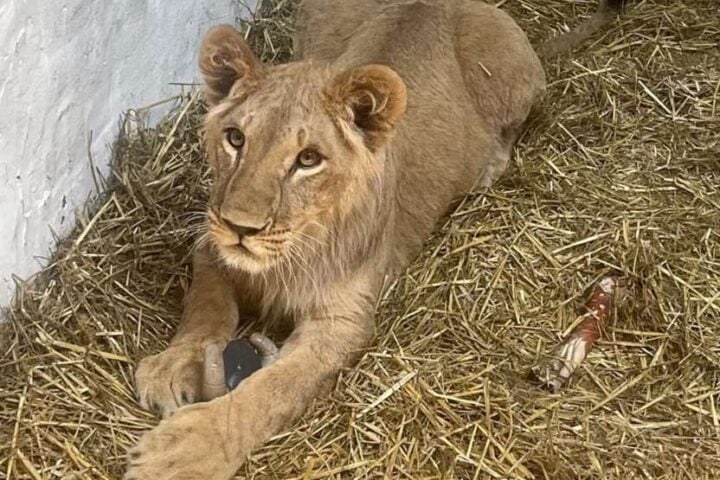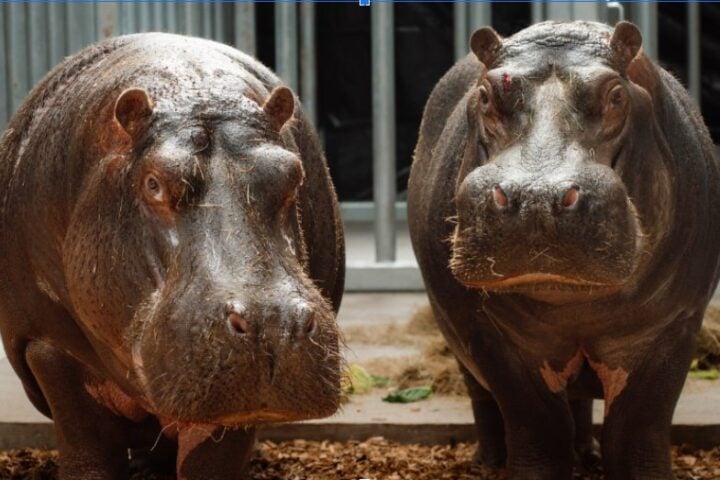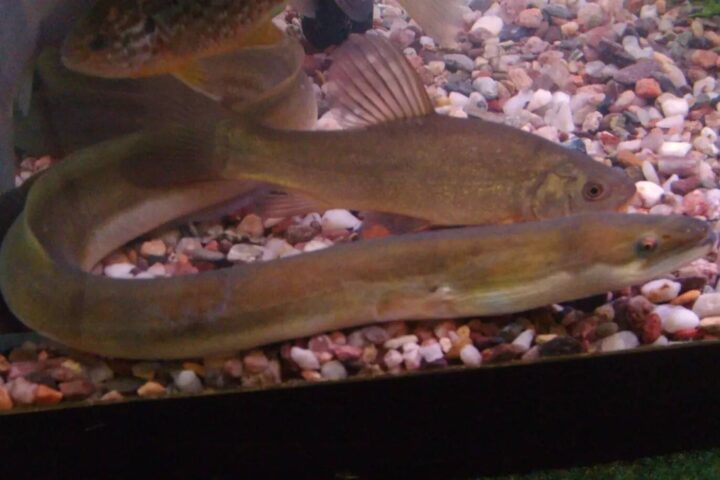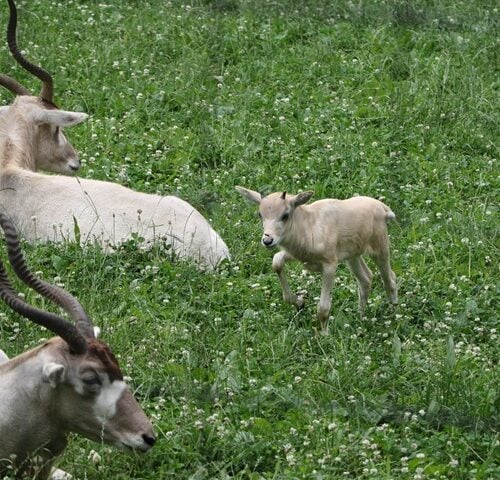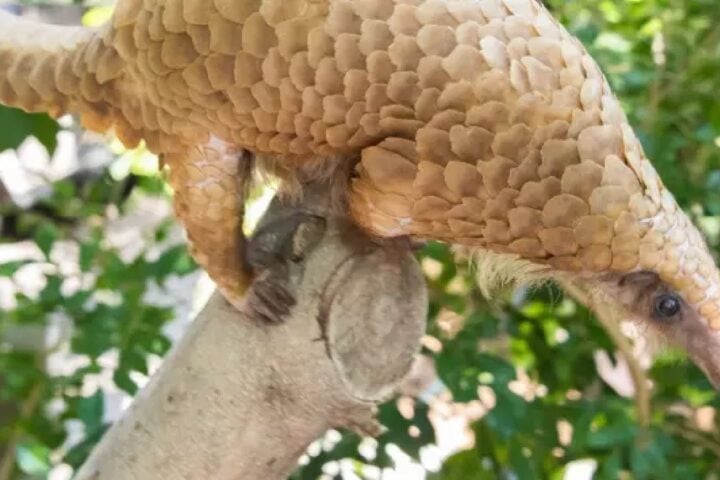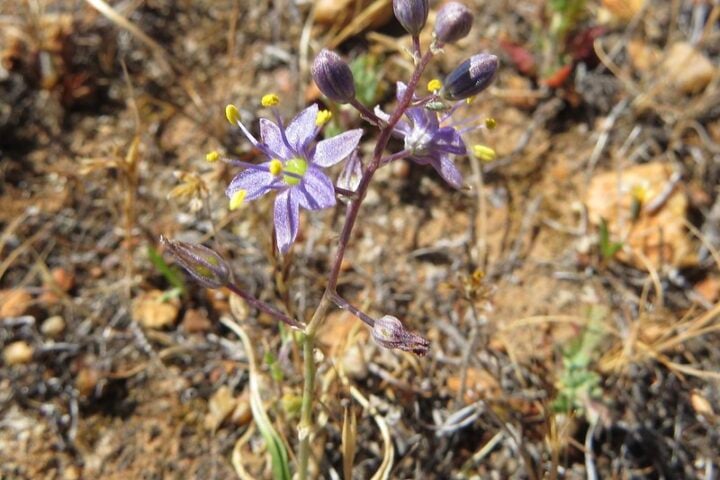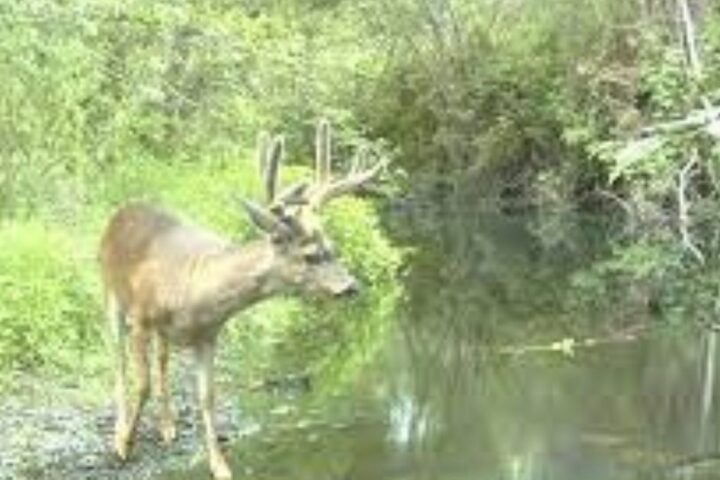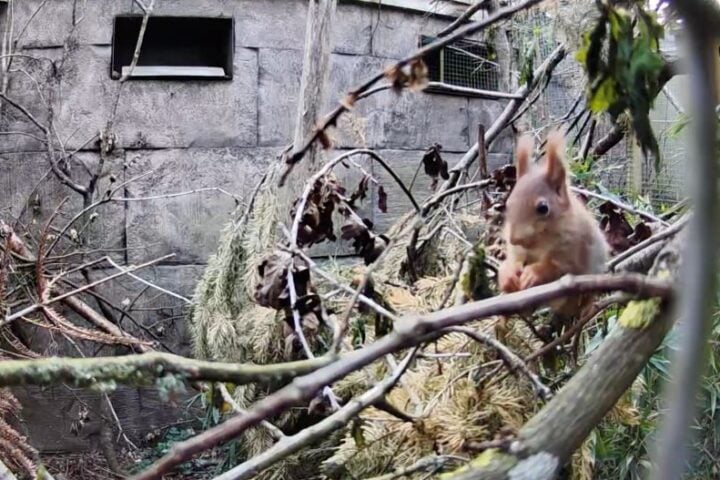A groundbreaking 35-year study has uncovered an unexpected alliance between one of the rarest butterflies in the United States and the powerful storms that sweep through its habitat. The endangered Schaus’ swallowtail butterfly, found only in South Florida, shows remarkable population growth in the years following hurricanes.
The research, published in Biological Conservation, reveals how these storms create ideal conditions for the butterfly’s survival, despite initial devastating effects. “The trend of increased Schaus’ swallowtail populations after strong hurricanes was immediately apparent,” explains Sarah Steele Cabrera, lead author and doctoral candidate at the University of Florida.
From Destruction to Revival
The study tracks butterfly populations on Elliott Key, a remote 7.5-mile-long island within Biscayne National Park. When hurricanes hit, they initially harm the butterflies and their habitat. Strong winds strip trees of leaves, and storm surges flood the land with seawater. However, this destruction sets the stage for an unexpected recovery.
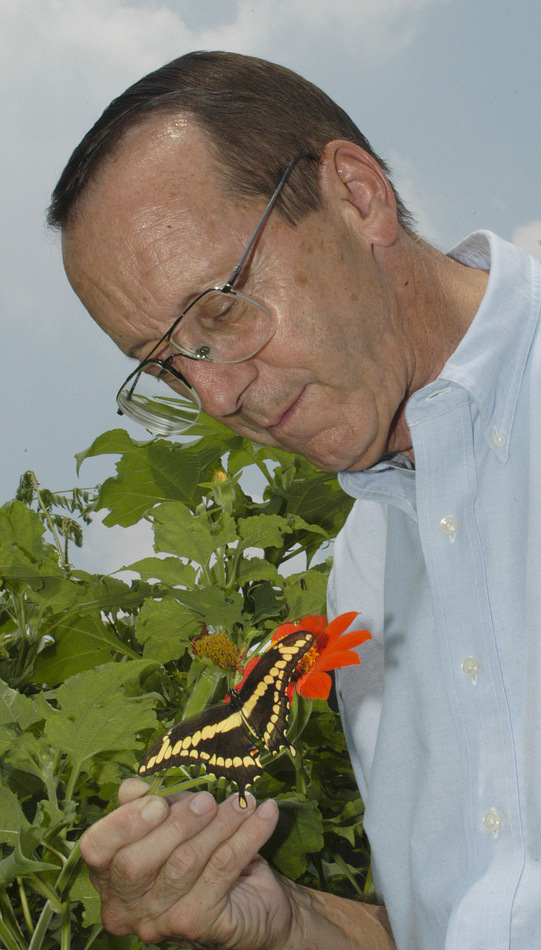
“The immediate impacts are detrimental for the butterfly,” Steele Cabrera notes. But in the following years, something remarkable happens. The hurricanes clear the dense forest canopy, allowing sunlight to reach the forest floor. This triggers rapid growth of torchwood and wild lime – the only two plants where Schaus’ swallowtail caterpillars feed.
These fresh, tender leaves prove crucial for the species‘ survival. While adult butterflies can technically eat older leaves, the young shoots are easier for caterpillars to digest, especially smaller ones. This abundance of new growth leads to significant population increases.
Long-term Monitoring Reveals Hidden Patterns
The research team’s dedication to long-term monitoring made this discovery possible. Since 1985, scientists have braved intense heat, humidity, and swarms of mosquitoes to conduct annual spring surveys along a former highway path that spans Elliott Key.
Similar Posts
“You might have a drought in one year and abundant rain in the other year, and that can cause dramatic shifts in both occupancy and abundance, especially in insects,” explains Jaret Daniels, study senior author and curator at the Florida Museum of Natural History’s McGuire Center for Lepidoptera and Biodiversity. “The benefit of having a long-term study is you can help minimize that noise in the system.”
Future Challenges
Despite this resilience, the Schaus’ swallowtail faces mounting threats. Urban development has already restricted its range to small protected areas, down from its historical distribution throughout the Florida Keys and mainland. The butterfly’s population can swing dramatically, ranging from fewer than 100 to over 10,000 individuals.
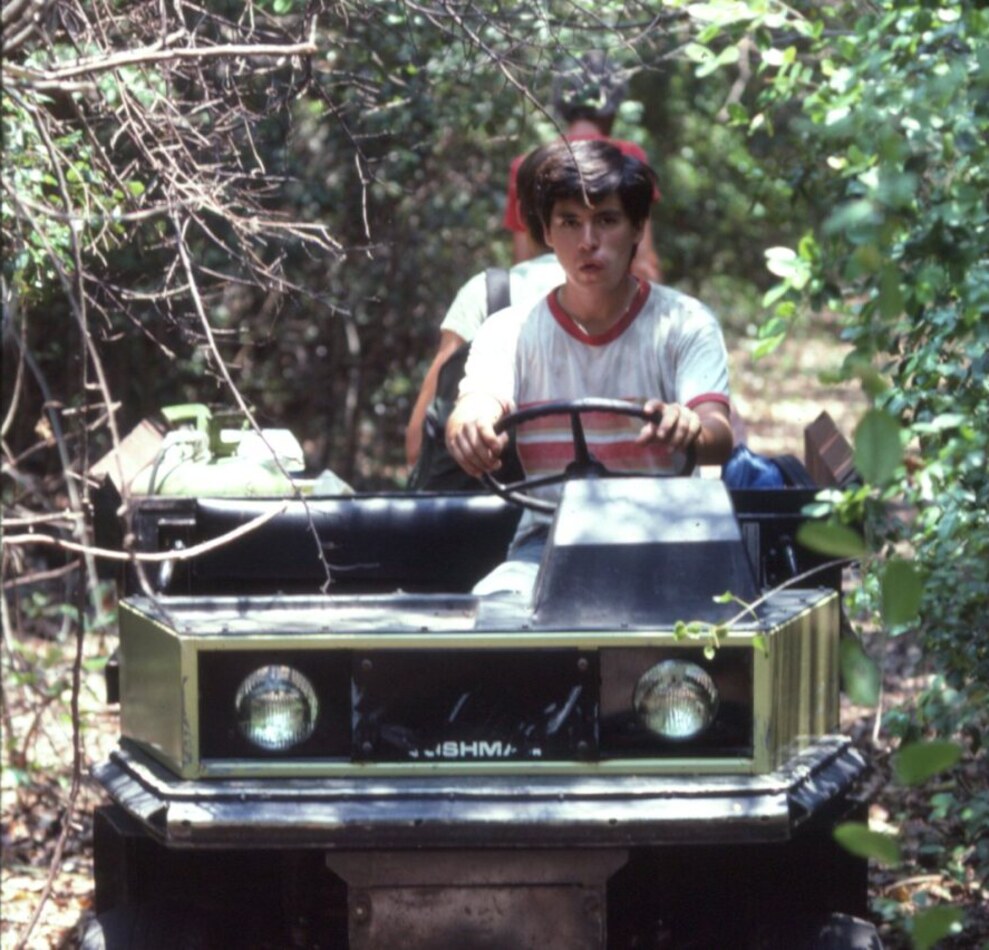
Climate change presents perhaps the greatest challenge. While the species benefits from periodic storms, increasingly powerful hurricanes could prove devastating. “This is a challenging organism when it comes to climate change,” Daniels warns. “With storm intensity potentially increasing, it’s very worrisome that one major storm, another Hurricane Andrew, could really devastate this butterfly.”
Conservation Efforts
Researchers are taking proactive steps to protect the species. They’ve begun reintroducing Schaus’ swallowtails to unoccupied conservation lands as part of a five-year recovery plan. By establishing multiple populations across different locations, they hope to reduce the risk of a single catastrophic event wiping out the entire species.
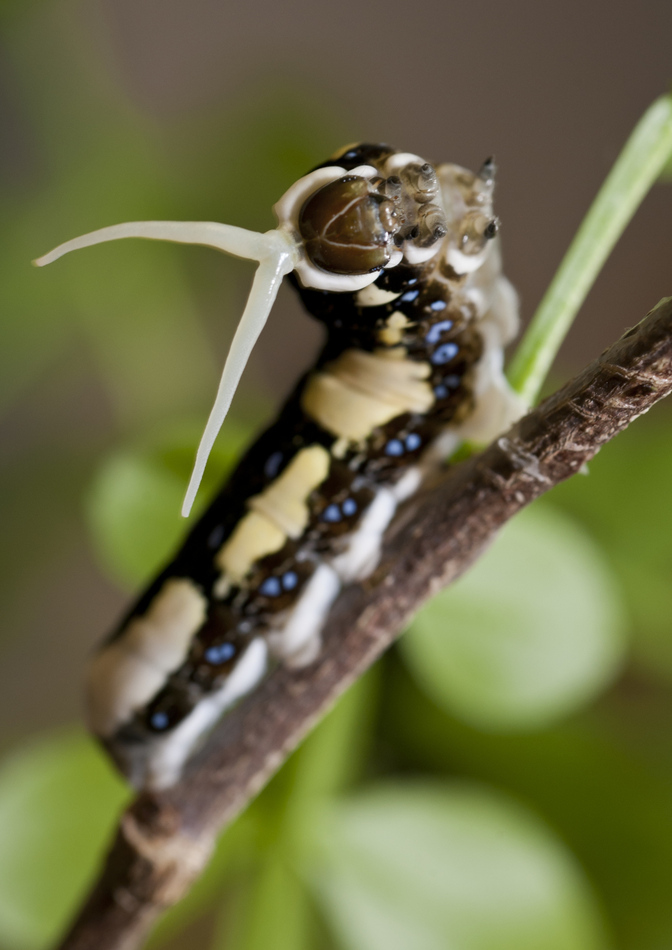
The study, funded by organizations including the Disney Conservation Fund and the U.S. Fish and Wildlife Service, demonstrates the complex relationship between natural disturbances and ecosystem recovery. It also highlights the critical importance of long-term monitoring in understanding and protecting endangered species.
For one of the first insects ever placed on the U.S. endangered species list, this research provides hope and valuable insights for conservation efforts. It shows that sometimes nature’s most powerful forces can play an unexpected role in preserving its most delicate creatures.
